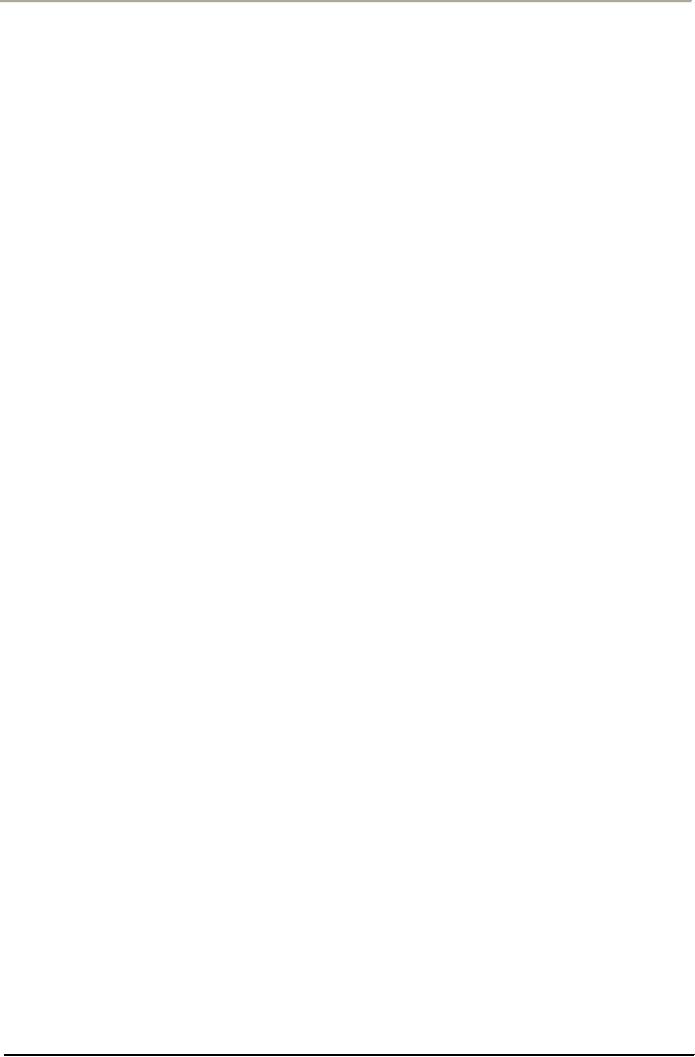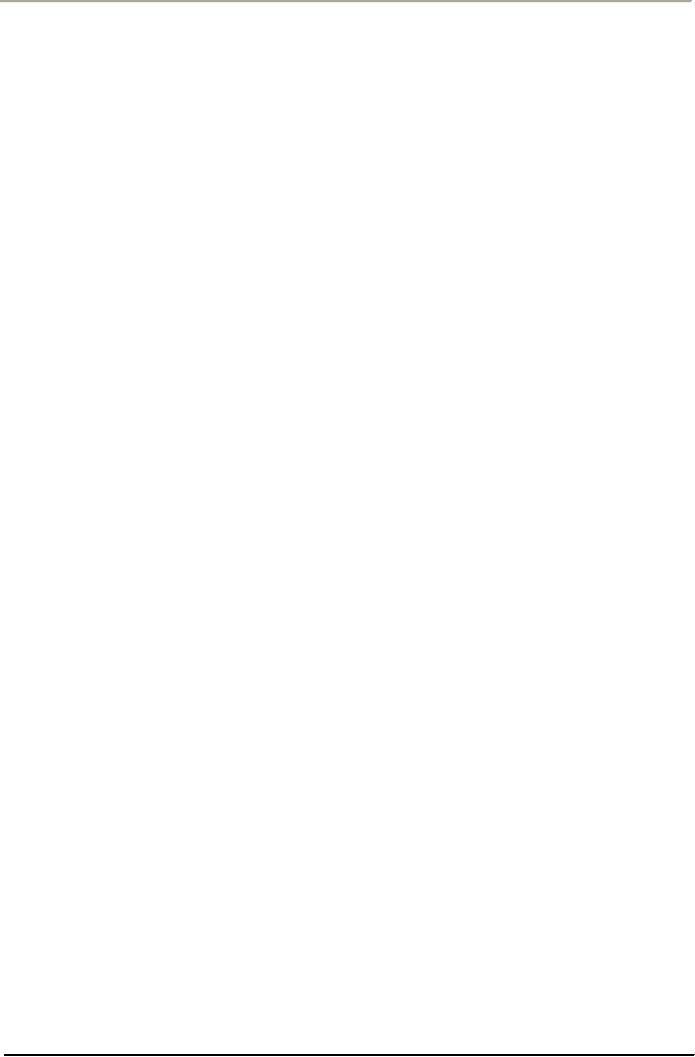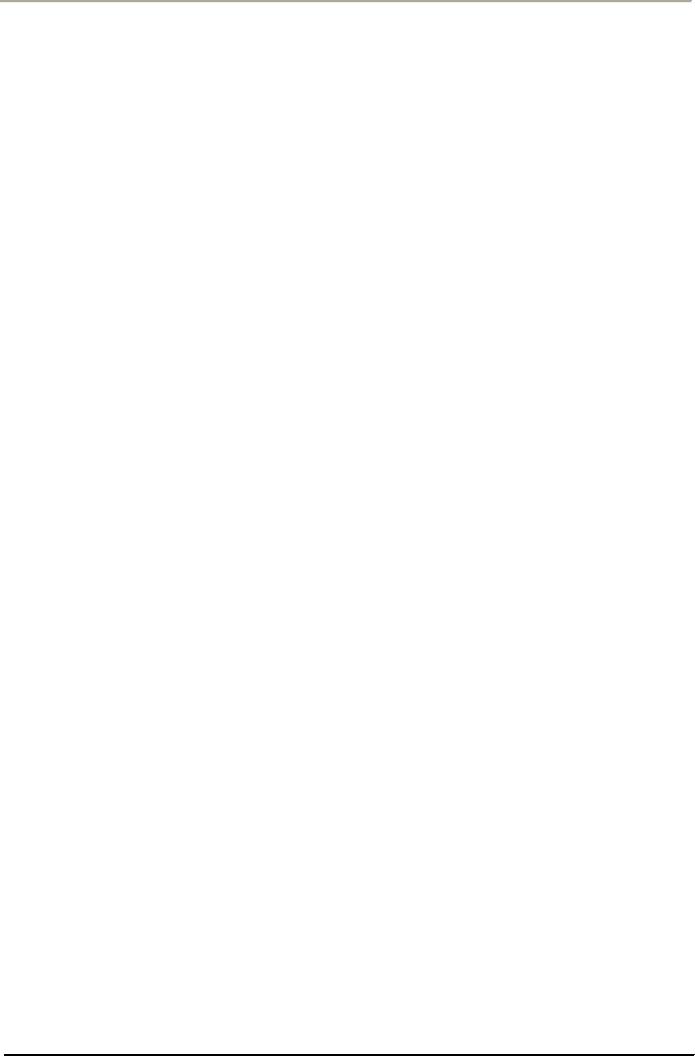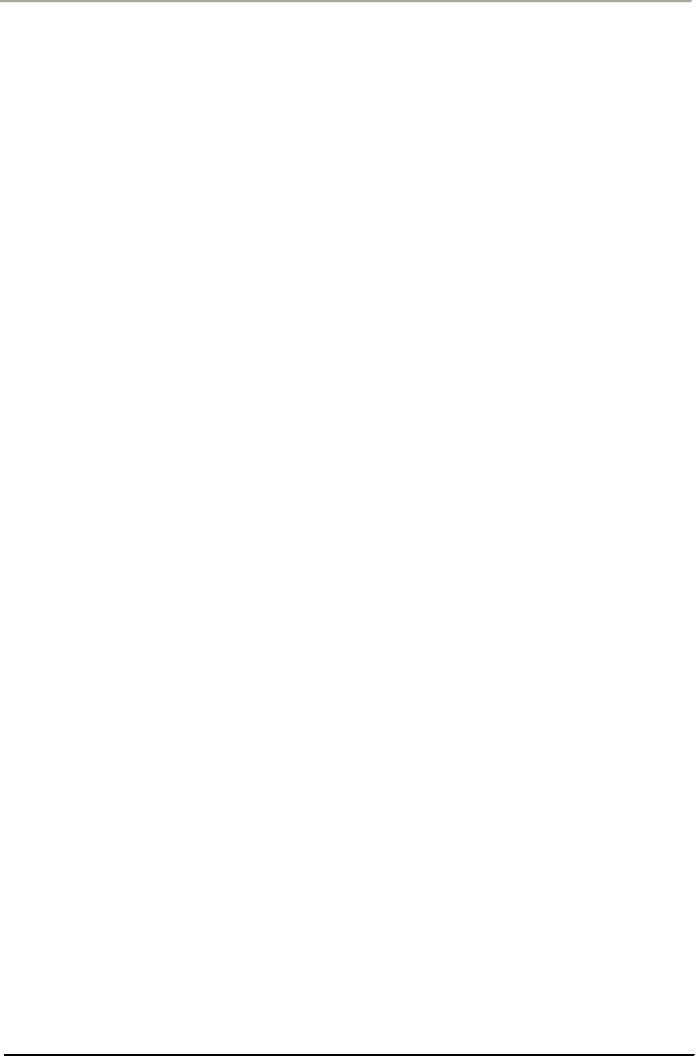 |

Total
Quality Management
MGT510
VU
Lesson
# 14
DEMING'S
PHILOSOPHY AND 14 POINTS FOR
MANAGEMENT
4.
End
Price Tag Decisions Purchasing
decisions traditionally have been driven
by cost through
competitive
bidding, not by quality.
Costs due to inferior materials and
components increase
costs
in later stages of production
and can far exceed the
"savings" realized through
competitive
bidding.
The purchasing department is a supplier to the
production department and must
understand
its new role. Suppliers
themselves are part of the
whole system.
5.
Improve
constantly
Western management has
typically thought of improvement in
the
context
of large, expensive innovations
such as robotics and
computer-integrated
manufacturing.
The success of Japanese manufacturers,
however, is due primarily
to
continuous,
small, incremental improvements in design
and production. Improved design
results
from
understanding customer needs and
from continual market surveys and
other sources of
feedback.
Improved production is achieved by
reducing the causes of variation in
order to
establish
a stable, predictable production process.
Statistical methods provide one
means for
doing
this. Improvement should go
beyond production, encompassing
transportation,
engineering,
maintenance, sales, service, and
administration all areas of the
organization.
6.
Institute
Training Employees
need the proper tools and
knowledge to do a good job, and it
is
management's
responsibility to provide these. In
addition to specific job
skill, all employees
should
be trained in statistical tools
for quality problem solving
and continuous
improvement.
Training
not only improves quality
and productivity, but also
enhances workers' morale
by
showing
them that the company is dedicated to helping them and
is investing in their
future.
Deming
notes that in Japan,
entry-level managers spend 4 to 12
years on the factory floor and
in
other
activities to learn the problems of
production. At Honda f America in
Maryville, Ohio, all
employees
start out on the production
floor regardless of their
job classification.
7.
Institute
Leadership The
job of management is leadership and
guidance, not supervision
and
work
direction. Supervisors should be coaches,
not policemen, and supervision
should provide
the
link between management and the
workforce. Leadership can
help to eliminate fear
and
encourage
teamwork.
8.
Drive
out Fear Fear
in work manifests in many ways:
fear of reprisal, fear of
failure, fear of
the
unknown, fear of change.
Many workers fear punishment
or reprisals for not meeting
quotas
and
for problems of the system that
are beyond their control.
Managers compete against
each
other
to protect their own jobs or
to receive higher performance ratings.
Fear encourages
short0term,
selfish thinking, not
long-term improvement for the
benefit of all.
9.
Optimize
Team Efforts
Barriers between individuals and
departments lead to poor
quality,
because
"customers" do not receive
what they need from
their "suppliers." This is
often the
result
of internal competition for
raises or performance ratings. Teamwork
helps to break down
barriers
between internal customers and suppliers.
The focus should be on meeting
customer
needs
and improving processes. Teamwork is an
important means of achieving a
company's
goals.
10.
Eliminate
Exhortations
Motivation can be better achieved
through trust and leadership than
slogans.
Slogans calling for improved
quality usually assume that
poor quality results from
a
lack
of motivation. Workers cannot improve
solely through motivational
methods when the
system
in which they work
constrains their performance. On the
contrary, they will
become
frustrated
and their performance will
decrease further.
11.
Eliminate
Quotas and MBO
Numerical quotas reflect short-term
perspectives and do not
encourage
long-term improvement, particularly if
rewards or performance appraisals are
tied to
meeting
quotas. Workers may shortcut
quality to reach the goal. If the
quota is met, they
have
49

Total
Quality Management
MGT510
VU
no
incentive to continue production or to
improve quality. Arbitrary
management goals without
a
method for achieving them have no
meaning. Further, variation in the
system makes year-to-
year
or quarter-to-quarter comparisons
meaningless. The typical
American MBO system
focuses
on results, not process, and
encourages short-term behavior.
Management must
understand
the system and the variation within it
and seek to improve it in the long
term.
12.
Remove
Barriers to Pride in Workmanship
The Taylor system has
promulgated the view of
workers
as a "commodity." Factory workers
are given monotonous tasks,
provided with
inferior
machines,
tools, or materials, told to run
defective items to meet sales
pressures, and report
to
supervisors
who know nothing about the
job.
Deming
believed that one of the
biggest barriers to pride in workmanship
is performance
appraisal.
Performance appraisals
�
Destroy
teamwork by promoting competition among
employees for limited
resources;
�
Foster
mediocrity since objectives
typically are driven by
numbers and what the boss
wants;
�
Focus
on short-term results and discourage risk
taking; and
�
Are
not focused on serving the
customer.
Deming
suggest that there are three
categories of performance: the majority
who work within
the
system, those outside the
system on the superior side, and
those outside they system on
the
inferior
side. Statistical methods provide the
means of making this
classification. Superior
performers
should be compensated specially;
inferior performers need extra
training or a
different
job.
13.
Institute
Education
"Training" in number 6 refers to job
skills; education refers to
self-
development.
Firms have a responsibility to develop the
value and self-worth of the
individual.
Investing
in people is a powerful motivation
method.
14
Take
Action The
TQM philosophy is a major cultural
change and many firms find
it difficult.
Top
management must institute the
process and include everyone in
it.
T
Continuous improvement is an ongoing
effort to improve products, services or
processes. These
efforts
can seek "incremental"
improvement over time or
"breakthrough" improvement all at
once.
Among
the most widely used tools
for continuous improvement is a
four-step quality model--the
plan-
do-check-act
(PDCA) cycle, also known as
Deming Cycle or Shewhart
Cycle:
�
Plan:
Identify
an opportunity and plan for
change.
�
Do:
Implement
the change on a small
scale.
�
Check:
Use
data to analyze the results of the change
and determine whether it made
a
difference.
�
Act:
If
the change was successful,
implement it on a wider scale
and continuously assess
your
results.
If the change did not work,
begin the cycle
again.
Other
widely used methods of
continuous improvement -- such as
Six Sigma, Lean, and Total
Quality
Management
-- emphasize employee involvement and
teamwork; measuring and systematizing
processes;
and reducing variation,
defects and cycle
times.
Continuous
or
Continual?
The
terms continuous
improvement and
continual
improvement are
frequently used interchangeably.
But
some
quality practitioners make the following
distinction:
50

Total
Quality Management
MGT510
VU
�
Continual
improvement: a broader term
preferred by W. Edwards Deming to refer
to general
processes
of improvement and encompassing
"discontinuous" improvements--that is,
many
different
approaches, covering different
areas.
�
Continuous
improvement: a subset
of continual improvement, with a more
specific focus on
linear,
incremental improvement within an
existing process. Some
practitioners also
associate
continuous
improvement more closely
with techniques of statistical process
control.
The
cost of quality
It's
a term that's widely used and
widely misunderstood.
The
"cost of quality" isn't the
price of creating a quality
product or service. It's the cost of
NOT
creating
a quality product or service.
Every
time work is redone, the cost of
quality increases. Obvious
examples include:
�
The
reworking of a manufactured item.
�
The
retesting of an assembly.
�
The
rebuilding of a tool.
�
The
correction of a bank
statement.
�
The
reworking of a service, such as the
reprocessing of a loan operation or the
replacement of a
food
order in a restaurant.
In
short, any cost that would
not have been expended if quality were
perfect contributes to the cost
of
quality.
Total
Quality Costs
As
the figure below shows,
quality costs are the total
of the cost incurred
by:
�
Investing
in the prevention of nonconformance to
requirements.
�
Appraising
a product or service for conformance to
requirements.
�
Failing
to meet requirements.
51

Total
Quality Management
MGT510
VU
Quality
Costs--general description
Failure
Costs
Prevention
Costs
The
costs resulting from products or
services not
The
costs of all activities
specifically designed
conforming
to requirements or customer/user
needs.
to
prevent poor quality in products or
services.
Failure
costs are divided into
internal and external
Examples
are the costs of:
failure
categories.
�
New
product review
Internal
Failure Costs
�
Quality
planning
Failure
costs occurring prior to
delivery or shipment
of
the product, or the furnishing of a service, to
the
�
Supplier
capability surveys
customer.
�
Process
capability evaluations
Examples
are the costs of:
�
Quality
improvement team meetings
�
Scrap
�
Quality
improvement projects
�
Rework
�
Quality
education and training
�
Re-inspection
Appraisal
Costs
�
Re-testing
The
costs associated with measuring,
evaluating
�
Material
review
or
auditing products or services to
assure
conformance
to quality standards and
�
Downgrading
performance
requirements.
External
Failure Costs
These
include the costs of:
Failure
costs occurring after
delivery or shipment of
�
Incoming
and source inspection/test of
the
product -- and during or after
furnishing of a
purchased
material
service
-- to the customer.
�
In-process
and final inspection/test
Examples
are the costs of:
�
Product,
process or service audits
�
Processing
customer complaints
�
Calibration
of measuring and test
�
Customer
returns
equipment
�
Warranty
claims
�
Associated
supplies and materials
�
Product
recalls
Total
Quality Costs:
The
sum of the above costs. This
represents the difference between the
actual cost of a product
or
service
and what the reduced cost
would be if there were no possibility of
substandard service, failure of
products
or defects in their manufacture.
52
Table of Contents:
- OVERVIEW OF QUALITY MANAGEMENT:PROFESSIONAL MANAGERIAL ERA (1950)
- TOTAL QUALITY MANAGEMENT AND TOTAL ORGANIZATION EXCELLENCE:Measurement
- INTEGRATING PEOPLE AND PERFORMANCE THROUGH QUALITY MANAGEMENT
- FUNDAMENTALS OF TOTAL QUALITY AND RATERS VIEW:The Concept of Quality
- TOTAL QUALITY MANAGEMENT AND GLOBAL COMPETITIVE ADVANTAGE:Customer Focus
- TOTAL QUALITY MANAGEMENT AND PLANNING FOR QUALITY AT OFFICE
- LEADERS IN QUALITY REVOLUTION AND DEFINING FOR QUALITY:User-Based
- TAGUCHI LOSS FUNCTION AND QUALITY MANAGEMENT
- WTO, SHIFTING FOCUS OF CORPORATE CULTURE AND ORGANIZATIONAL MODEL OF MANAGEMENT
- HISTORY OF QUALITY MANAGEMENT PARADIGMS
- DEFINING QUALITY, QUALITY MANAGEMENT AND LINKS WITH PROFITABILITY
- LEARNING ABOUT QUALITY AND APPROACHES FROM QUALITY PHILOSOPHIES
- TOTAL QUALITY MANAGEMENT THEORIES EDWARD DEMING’S SYSTEM OF PROFOUND KNOWLEDGE
- DEMING’S PHILOSOPHY AND 14 POINTS FOR MANAGEMENT:The cost of quality
- DEMING CYCLE AND QUALITY TRILOGY:Juran’s Three Basic Steps to Progress
- JURAN AND CROSBY ON QUALITY AND QUALITY IS FREE:Quality Planning
- CROSBY’S CONCEPT OF COST OF QUALITY:Cost of Quality Attitude
- COSTS OF QUALITY AND RETURN ON QUALITY:Total Quality Costs
- OVERVIEW OF TOTAL QUALITY APPROACHES:The Future of Quality Management
- BUSINESS EXCELLENCE MODELS:Excellence in all functions
- DESIGNING ORGANIZATIONS FOR QUALITY:Customer focus, Leadership
- DEVELOPING ISO QMS FOR CERTIFICATION:Process approach
- ISO 9001(2000) QMS MANAGEMENT RESPONSIBILITY:Issues to be Considered
- ISO 9001(2000) QMS (CLAUSE # 6) RESOURCES MANAGEMENT:Training and Awareness
- ISO 9001(2000) (CLAUSE # 7) PRODUCT REALIZATION AND CUSTOMER RELATED PROCESSES
- ISO 9001(2000) QMS (CLAUSE # 7) CONTROL OF PRODUCTION AND SERVICES
- ISO 9001(2000) QMS (CLAUSE # 8) MEASUREMENT, ANALYSIS, AND IMPROVEMENT
- QUALITY IN SOFTWARE SECTOR AND MATURITY LEVELS:Structure of CMM
- INSTALLING AN ISO -9001 QM SYSTEM:Implementation, Audit and Registration
- CREATING BUSINESS EXCELLENCE:Elements of a Total Quality Culture
- CREATING QUALITY AT STRATEGIC, TACTICAL AND OPERATIONAL LEVEL
- BIG Q AND SMALL q LEADERSHIP FOR QUALITY:The roles of a Quality Leader
- STRATEGIC PLANNING FOR QUALITY AND ADVANCED QUALITY MANAGEMENT TOOLS
- HOSHIN KANRI AND STRATEGIC POLICY DEPLOYMENT:Senior Management
- QUALITY FUNCTION DEPLOYMENT (QFD) AND OTHER TOOLS FOR IMPLEMENTATION
- BASIC SQC IMPROVEMENT TOOLS:TOTAL QUALITY TOOLS DEFINED
- HOW QUALITY IS IMPLEMENTED? A DIALOGUE WITH A QUALITY MANAGER!
- CAUSE AND EFFECT DIAGRAM AND OTHER TOOLS OF QUALITY:Control Charts
- STATISTICAL PROCESS CONTROL (SPC) FOR CONTINUAL QUALITY IMPROVEMENT
- STATISTICAL PROCESS CONTROL….CONTD:Control Charts
- BUILDING QUALITY THROUGH SPC:Types of Data, Defining Process Capability
- AN INTERVIEW SESSION WITH OFFICERS OF A CMMI LEVEL 5 QUALITY IT PAKISTANI COMPANY
- TEAMWORK CULTURE FOR TQM:Steering Committees, Natural Work Teams
- UNDERSTANDING EMPOWERMENT FOR TQ AND CUSTOMER-SUPPLIER RELATIONSHIP
- CSR, INNOVATION, KNOWLEDGE MANAGEMENT AND INTRODUCING LEARNING ORGANIZATION